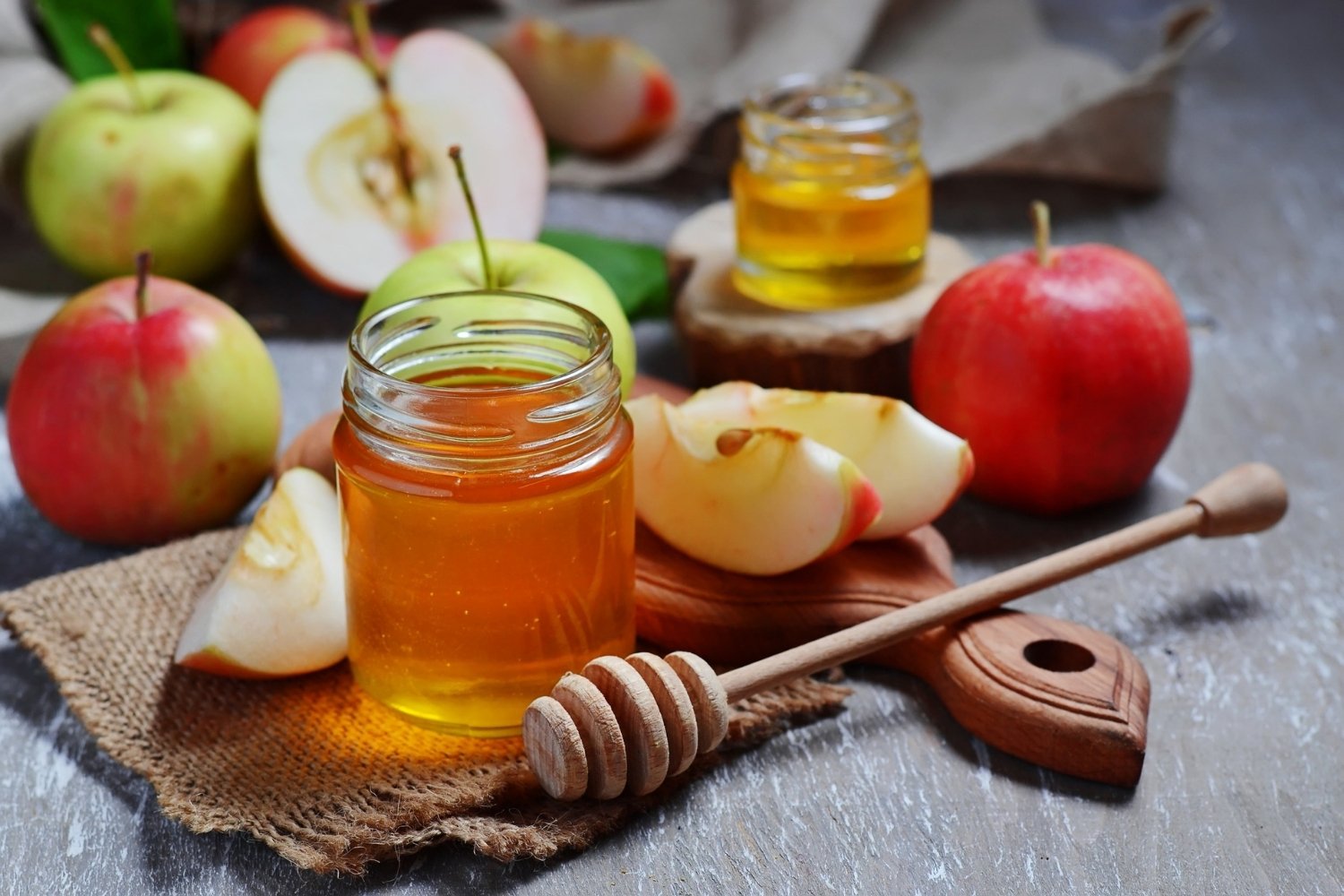
Rosh Hashanah, the Jewish New Year, is a time of reflection, prayer, and celebration. But what makes this holiday so special? For starters, it marks the beginning of the Jewish High Holy Days, a ten-day period of introspection and repentance culminating in Yom Kippur. Unlike the typical New Year’s Eve parties, Rosh Hashanah is observed with solemnity and joy, featuring unique customs and traditions. From the blowing of the shofar, a ram’s horn, to eating symbolic foods like apples dipped in honey, each practice holds deep significance. Want to learn more? Here are 30 fascinating facts that will give you a deeper understanding of this meaningful holiday.
What is the Jewish New Year?
The Jewish New Year, known as Rosh Hashanah, is a significant holiday in Judaism. It marks the beginning of the Jewish High Holy Days and is a time for reflection, prayer, and celebration. Here are some fascinating facts about this important holiday.
- Rosh Hashanah translates to "Head of the Year" in Hebrew.
- It falls on the first and second days of Tishrei, the seventh month of the Hebrew calendar.
- The holiday usually occurs in September or October.
- Rosh Hashanah commemorates the creation of the world.
- It is a time for Jews to reflect on their actions over the past year and seek forgiveness.
Traditions and Customs
Rosh Hashanah is rich with traditions and customs that have been passed down through generations. These practices help Jews connect with their faith and community.
- The shofar, a ram's horn, is blown during synagogue services.
- Apples dipped in honey are eaten to symbolize a sweet new year.
- Special prayers called "Selichot" are recited in the days leading up to Rosh Hashanah.
- Many Jews attend synagogue services, which include special liturgy and readings.
- Tashlich, a ritual where bread crumbs are cast into flowing water, symbolizes the casting away of sins.
Foods and Festivities
Food plays a central role in Rosh Hashanah celebrations. Many traditional dishes are enjoyed during this time, each with its own symbolic meaning.
- Challah bread is baked in a round shape to symbolize the cycle of the year.
- Pomegranates are eaten because they are said to have 613 seeds, corresponding to the 613 commandments in the Torah.
- Fish heads are served to symbolize the desire to be "like the head and not the tail" in the coming year.
- Carrots, often sliced into rounds, symbolize prosperity and abundance.
- Honey cake is a popular dessert, representing the wish for a sweet year.
Spiritual Significance
Beyond the customs and foods, Rosh Hashanah holds deep spiritual significance for Jews around the world.
- It is considered the Day of Judgment, when God reviews the deeds of each person.
- The holiday begins the Ten Days of Repentance, leading up to Yom Kippur.
- It is a time for introspection and self-improvement.
- Many Jews make resolutions for the coming year, similar to New Year's resolutions.
- The holiday emphasizes the themes of renewal and new beginnings.
Global Celebrations
Rosh Hashanah is celebrated by Jewish communities around the world, each adding their own unique customs and traditions.
- In Israel, it is a public holiday, and schools and businesses are closed.
- Sephardic Jews often include symbolic foods like dates and leeks in their meals.
- Ashkenazi Jews typically eat gefilte fish and matzo ball soup.
- In some communities, people wear white clothing to symbolize purity.
- Many Jews send Rosh Hashanah greeting cards to friends and family.
Modern Observances
While rooted in ancient traditions, Rosh Hashanah has also adapted to modern times. Many Jews find new ways to observe and celebrate the holiday.
- Virtual services have become more common, especially during the COVID-19 pandemic.
- Some communities organize outdoor shofar blowings to accommodate social distancing.
- Online resources and apps help people prepare for the holiday with prayers and readings.
- Many families create new traditions, blending old customs with contemporary practices.
- Social media allows Jews to share their Rosh Hashanah experiences with a wider audience.
Reflecting on Rosh Hashanah
Rosh Hashanah isn't just another holiday; it's a time of renewal and reflection. From the blowing of the shofar to dipping apples in honey, each tradition carries deep meaning. This holiday marks the beginning of the Jewish New Year, a period for introspection and spiritual growth. Families gather, share meals, and pray for a sweet year ahead. The symbolism in the rituals, like the round challah, reminds everyone of the cyclical nature of life.
Understanding these customs enriches the experience, whether you're celebrating or just curious. Rosh Hashanah invites everyone to pause and think about their actions and relationships. It’s a chance to start fresh, make amends, and set intentions. So, as the shofar sounds, let’s embrace the opportunity for renewal and hope. Here’s to a year filled with peace, prosperity, and personal growth.
Was this page helpful?
Our commitment to delivering trustworthy and engaging content is at the heart of what we do. Each fact on our site is contributed by real users like you, bringing a wealth of diverse insights and information. To ensure the highest standards of accuracy and reliability, our dedicated editors meticulously review each submission. This process guarantees that the facts we share are not only fascinating but also credible. Trust in our commitment to quality and authenticity as you explore and learn with us.
